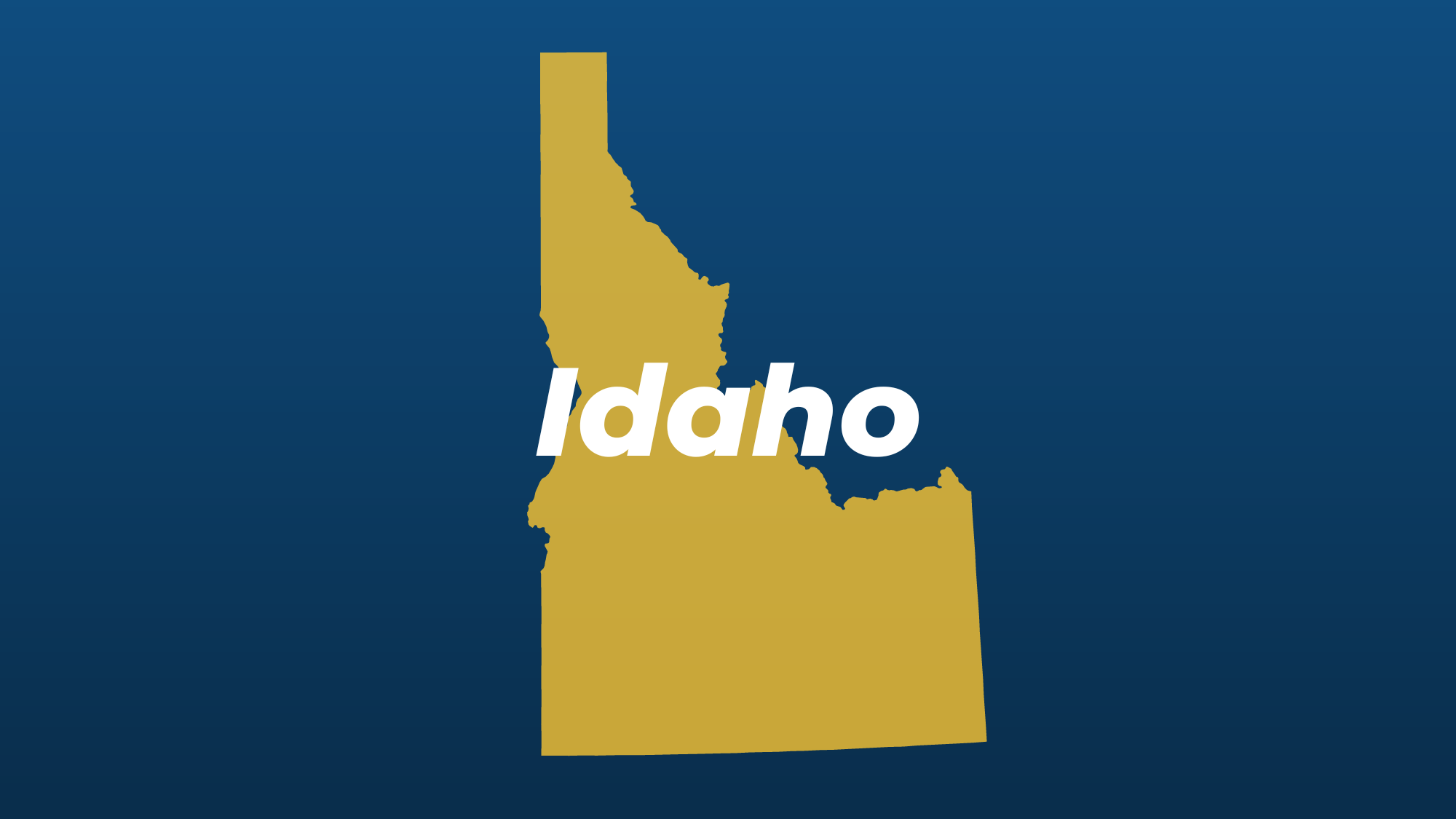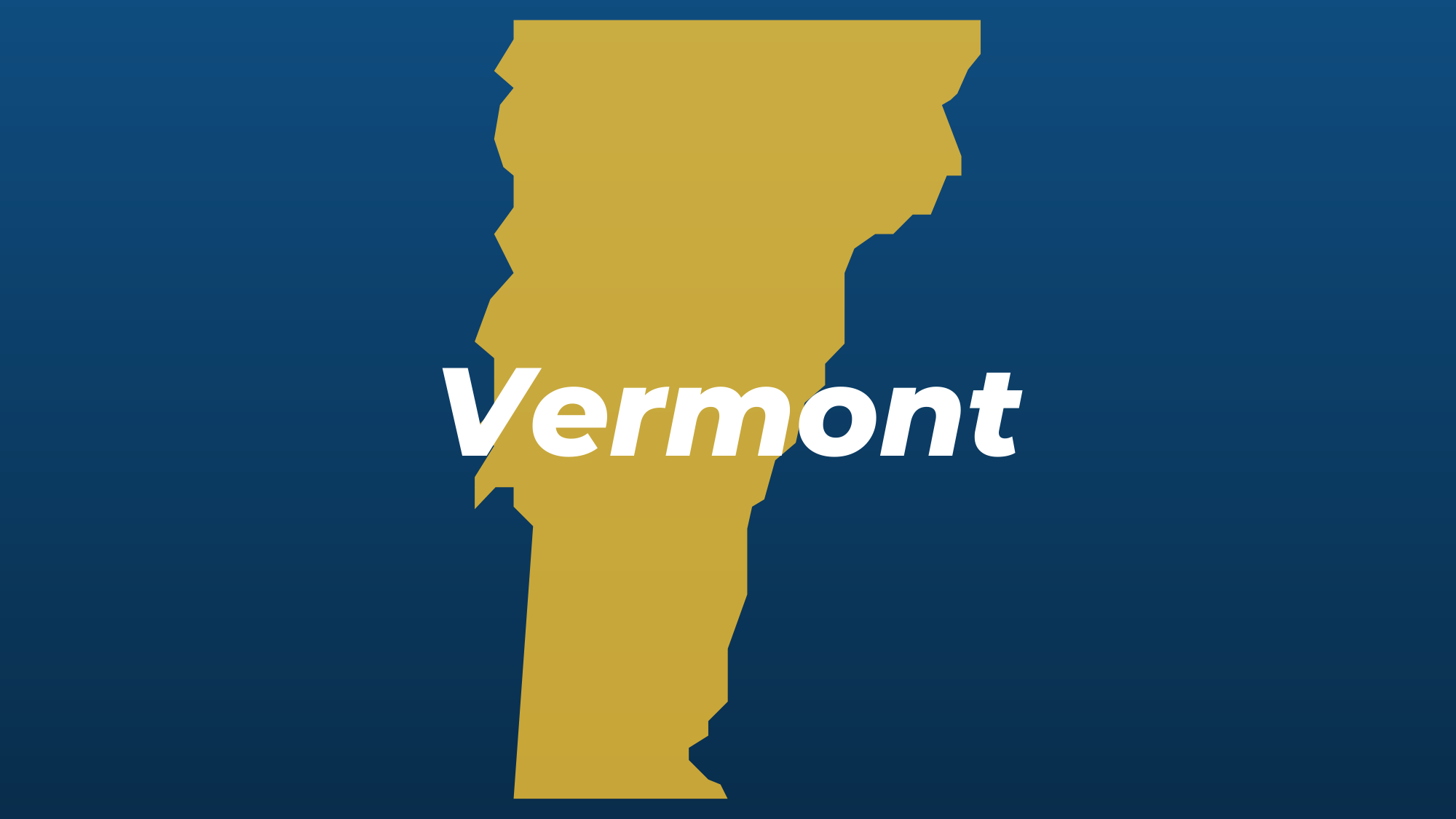State of the Unions: State-by-State Analysis of Increased Workload at the National Labor Relations Board
Last Updated November 17, 2022
Author: Margaret Poydock, Policy Analyst and Government Specialist at the Economic Policy Institute (mpoydock@epi.org)
Ross Brennan, Senior Legislative Affairs Associate (ross@progressivecaucuscenter.org)
Vaibhav Vijay, Communications Associate (vaibhav@progressivecaucuscenter.org)
overview
Whether we are Black or white, young or old, in big cities or small towns, we work hard for our families and our future. Everyone deserves safe jobs, family-sustaining wages, and time to spend with our loved ones. But far too many of us are still living paycheck to paycheck while greedy corporations try to divide us, hoping we’ll look the other way while they steal the profits from our hard work. By joining together in a union and putting power in workers’ hands, every one of us can care for our families, earn a fair return on our work, and make our voices heard and our rights respected.
The Congressional Progressive Caucus Center (CPCC) and the Economic Policy Institute (EPI) have compiled fact sheets that analyze the increase in workers seeking to be represented by a union and unfair labor practice charges at the National Labor Relations Board in all 50 states and certain territories (where data is available) between the 2021 and 2022 fiscal years.
These fact sheets illustrate the tremendous energy among workers seeking to unionize and bargain collectively. They also demonstrate the burden facing the National National Labor Relations Board (NLRB), the agency dedicated to protecting workers’ rights under federal labor laws. However, funding for the NLRB has not kept pace with the agency’s expanding workload—threatening its ability to fulfill its mission and uphold workers’ rights.
How the National Labor Relations Board Protects Workers’ Rights
The National Labor Relations Board (NLRB) is a small, independent federal agency that protects workers’ rights to organize and form unions. The NLRB enforces the National Labor Relations Act (NLRA), the nation’s fundamental labor law that guarantees most private-sector workers’ rights to unionize and collectively bargain for better wages, benefits, and working conditions. The NLRB is responsible for conducting union elections—also known as representation cases—to determine if workers wish to be represented by a union. The NLRB also investigates and charges employers who violate federal labor laws. Those violations—also known as unfair labor practices (ULP)—include but are not limited to: firing employees for organizing a union, retaliating against workers for filing complaints against management, or refusing to bargain with an established union.
Union Support—and NLRB Caseloads—on the Rise
Approval for unions is at a 60-year high and worker organizing is similarly on the rise in workplaces such as Starbucks coffee shops and Amazon warehouses. During Fiscal Year (FY) 2022, the NLRB saw a nationwide 53 percent increase in representation cases. Amid the nationwide surge for union elections, there also was a 19 percent increase in ULP charges filed in FY2022. Accounting for both representation and ULP cases, the NLRB saw a 23 percent increase in cases from 2021, the largest single-year increase since FY1976 and the largest percentage increase since FY1959.
NLRB Funding Remains Flat Despite Worker Need
Despite the growing caseload, funding for the NLRB has remained flat at $274 million a year since FY2014. Adjusting for inflation, the agency’s budget has actually decreased 25 percent since FY2014. Further, the number of full-time employees at the NLRB has dropped by nearly 40 percent since 2002 and staffing in its Field Offices has shrunk by half, adding to the limited staff’s already massive workload. Remarkably, the NLRB continues to safeguard workers’ rights to organize and collectively bargain, despite chronic underfunding by Congress. Yet across the country, there is a surge in representation petitions and ULP charges that could present challenges to the NLRB if the agency does not receive a funding boost from Congress.
The following explainers provide a state-by-state analysis of the increase in representation cases and ULP charges filed during FY2022.
The NLRB case data used for this analysis and a description of our methodology can be found here.
state by state breakdown
Methodology
Notes: We calculated the increase in unfair labor practice charges and representation cases in each state and territory using the NLRB case search function to find all ULP charges and representation cases for FY21 (October 1, 2020 to September 30, 2021). The data is disaggregated by state and territory using the "State & Territories" drop down menu. Using the same search, we determined the total representation cases and ULP charges for FY22 (October 1, 2021 to September 30, 2022). The data is then used to calculate the increase in ULP charges and representation cases in each respective state and territory by percent. The NLRB did not provide data for American Samoa or the Commonwealth of the Northern Mariana Islands.
Source: National Labor Relations Board. "Case Search." https://www.nlrb.gov/search/case. Accessed October 11, 2022.

























































